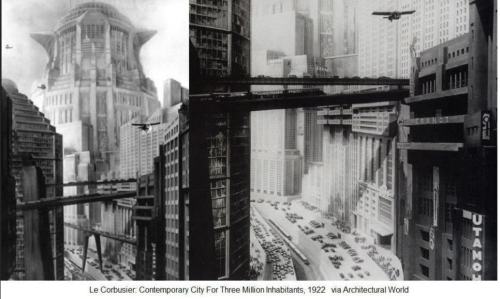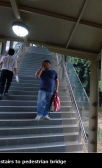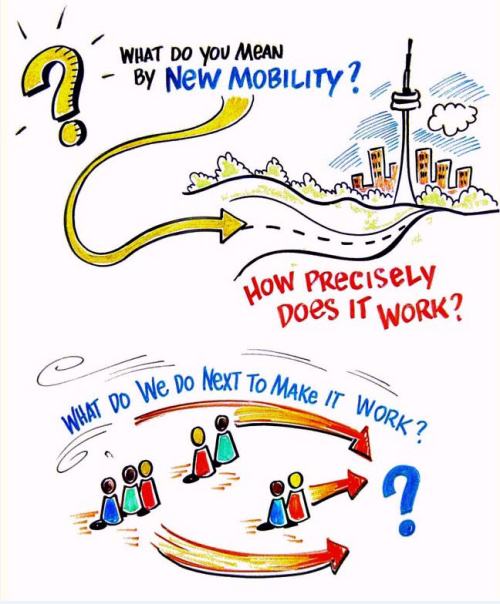From the Archives. George Town Malaysia. Sept 23 , 2013 http://themalaymailonline.com/ —
By Opalyn Mok
A predilection for cars means that 80 per cent of transport funding is used to cater for the needs of 20 per cent of society, according to a public transport proponent today.
World Car Free Day founder Eric Britton pointed out this uneven distribution in public expenditure was an issue in many modern cities, including Penang.
“It should be the other way around where only 20 per cent funding is needed and it can fulfil the needs of 80 per cent of the society,” he said during a media focus group under the Sustainable Penang: Toward a New Mobility Agenda two-week programme this morning.
In a bid to change that, Britton is here for the two-week Sustainable Penang: Towards a New Mobility Agenda.





















